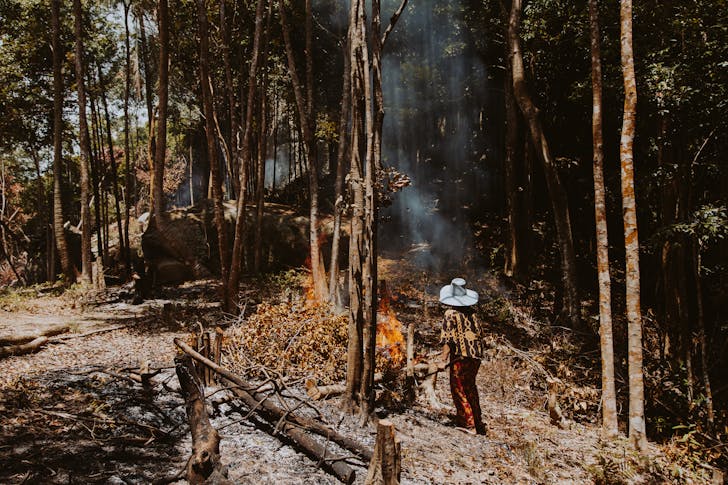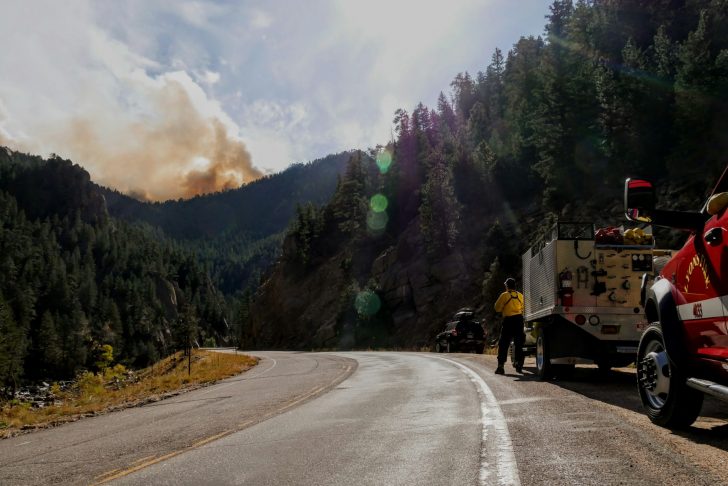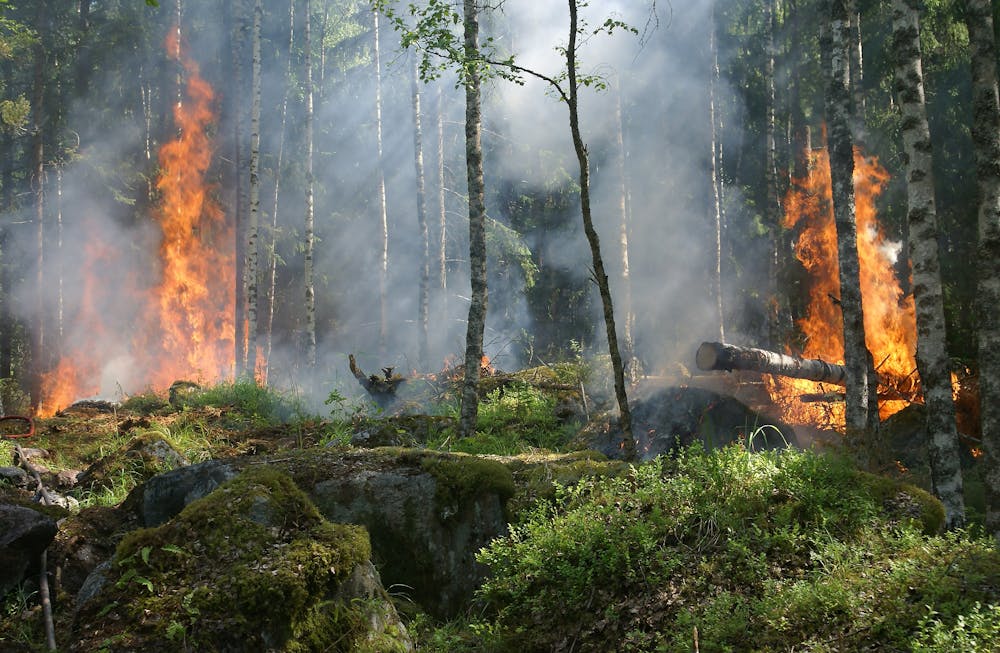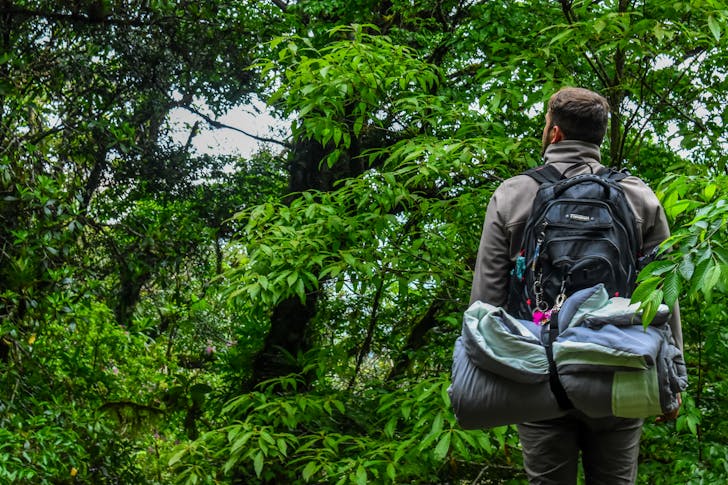Are you worried about the increasing incidents of wildfires each year? The rising number of wildfires in various regions—both naturally occurring and human-induced—demands that we all understand and prepare for these potentially devastating events. Here, we'll explore the causes of wildfires, discuss essential equipment, and share tips on how to enhance your chances of survival. This article will explore how to survive a wildfire and the key measures you can take to safeguard yourself and your loved ones during such crises.

Cottonbro studio | Pexels | Wildfires can ignite due to a variety of reasons—from lightning strikes in drought-stricken areas to irresponsible human behaviors.
What Sparks a Wildfire?
The genesis of a wildfire can often be traced back to a combination of natural conditions and human activities. While wildfires are part of nature's way of rejuvenating the ecosystem by clearing out dead plant matter, human negligence and inadequate forest management significantly contribute to the frequency and intensity of these fires.
Natural and Human-Induced Causes
Wildfires can ignite due to a variety of reasons—from lightning strikes in drought-stricken areas to irresponsible behaviors like unattended campfires or discarded cigarettes. In addition, changes in land use, lack of effective forest management, and increasing recreational activities in wooded areas all play roles in escalating the risks and impacts of these fires.
How to Survive a Wildfire: Essential Knowledge and Tools
When facing a wildfire, having the right knowledge and tools is crucial. Preparation can significantly impact your ability to react swiftly and effectively, potentially saving lives.
Preparing Your Wildfire Survival Kit
A well-prepared wildfire survival kit is indispensable. This kit should include items such as:
- Enough non-perishable food and water for at least 72 hours.
- Necessary medications, clothing suitable for all weather conditions, and sturdy shoes.
- Critical tools like a multi-tool kit, an emergency blanket, and a reliable flashlight.
- Specialized items such as a high-quality respirator or gas mask with a CBRN filter to protect against smoke and toxic fumes.
Understanding and Using Personal Protective Equipment
In the event of a wildfire, personal protective equipment (PPE) becomes a lifeline. From respirators and gas masks to fire-resistant clothing, each item serves a specific purpose to protect against the elements and hazards presented by a wildfire. For example, a full-face gas mask can shield your entire face from harmful particles, while fire-resistant garments prevent common injuries associated with fire exposure.
Creating a Wildfire Survival Plan
Knowing "how to survive a wildfire" involves not only having the right gear but also a solid evacuation plan. Your plan should include:
- Identified escape routes and alternatives in case the primary paths are blocked.
- A communication strategy with family members in case of separation.
- Regular updates on the situation through reliable sources and emergency services.
Evacuation: Timing and Execution
The timing of your evacuation can greatly influence your safety during a wildfire. Leaving early enough is key to avoiding blocked routes and heavy traffic, which can delay reaching safety. Always have your go-bag ready, keep your vehicle's fuel tank at least half full, and maintain a calm and decisive mindset during evacuation.

Malachi Brooks | Unsplash | The timing of your evacuation can greatly influence your safety during a wildfire.
Sheltering Strategies
If evacuation isn't possible, you must know how to shelter in place safely. This involves sealing your home against smoke, using indoor rooms farthest from the fire, and having supplies ready to sustain you for potentially extended periods.
Defending Your Property from Wildfires
While the primary focus in a wildfire scenario should be on personal safety, there are measures you can take to protect your property:
- Remove flammable materials from around your home, such as dry vegetation and debris.
- Employ fire-resistant materials in the construction of your home.
- Create defensible spaces by clearing brush and using non-combustible landscaping options.
Proactive Measures: The First Line of Defense
Proactively managing the vegetation around your property and employing fire breaks can significantly reduce the risk of fire reaching your home. Additionally, staying informed about local fire risks and community guidelines can enhance your preparedness level.
By understanding the causes of wildfires and implementing the strategies discussed, you can significantly improve your chances of surviving a wildfire. Remember, preparation is your best defense against the unpredictable nature of wildfires.


